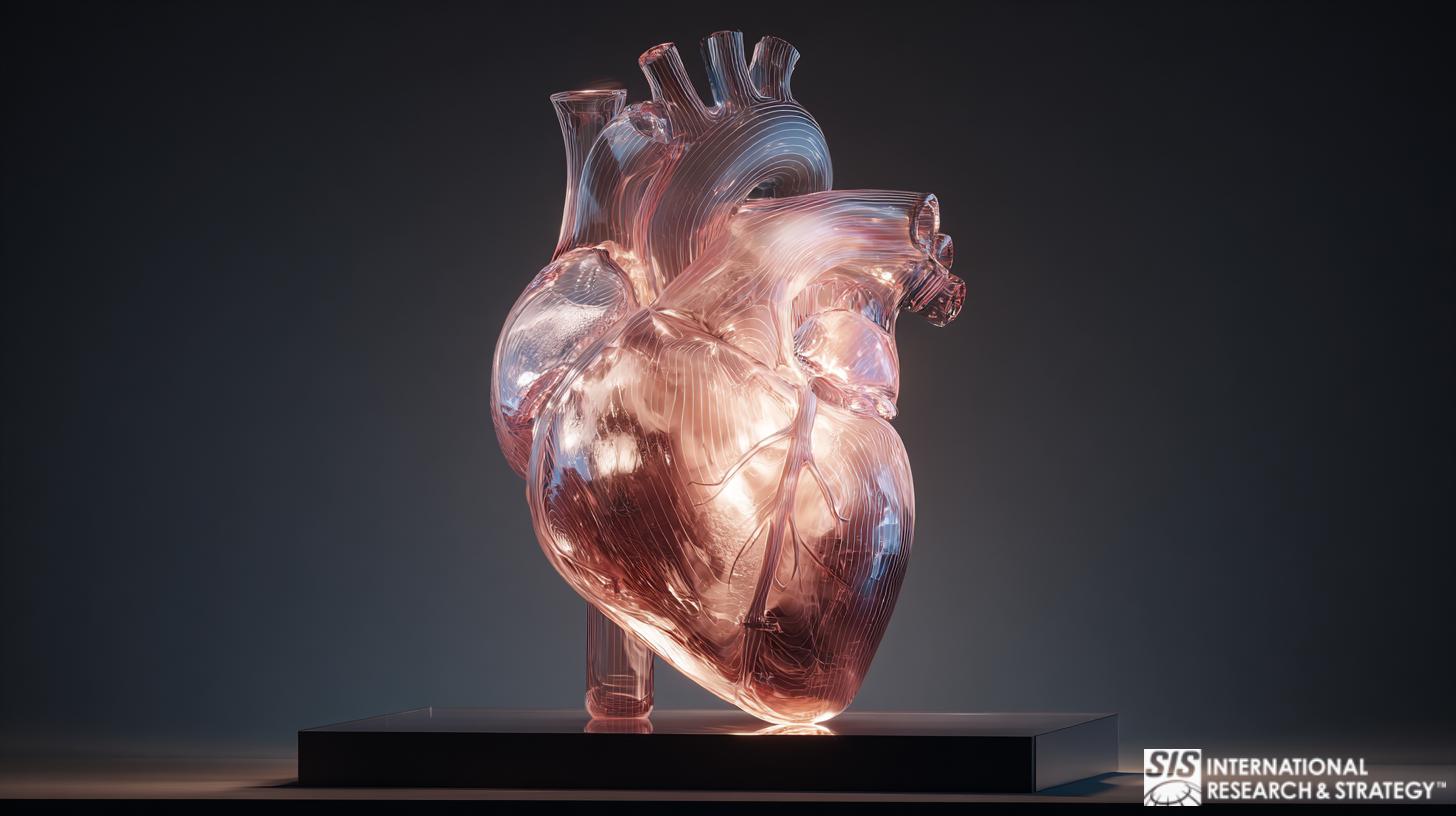
Organ transplants are currently the only way for patients who need replacements to obtain them. There are unfortunately problems with this method. Many die simply from not obtaining an organ in time. Others see their body reject the transplant, the immune system of the body seeing the new organ as a threat and moving to suppress it.
Advances within science have now begun to create the possibility of alternatives. Within the biotechnology field the area of organ creation is of great interest. The printing of human tissue via 3-D printers has advanced to the point that printing an entire organ is within reach. The company Organovo, based in San-Diego, expects to be able to print a liver by the end of 2014.
About Organ Creation
The basic concept of organ printing is simple, laying down layer after layer of human cells to create an organ. An immediate obstacle is cell death as the tissue may die before the fully formed organ is removed from the table. The problem of the creation of a vascular system, which provides the cells with oxygen and nutrients, has proven difficult but is now partly solved. Mike Renard, the executive vice president of commercial operations, has stated that the company has maintained liver tissue with a thickness greater than 500 microns fully functioning for 40 days.
Researchers at Organovo were capable of joining together fibroblasts and endothelial cells which help in the creation of vascular networks. Organovo is immediately concerned with cell tissue creation for drug research. Many such companies are working on the smaller scale, using the 3-D printing method to allow for better pharmaceutical testing of drugs. Bio-printing receives less money on average from the government. Currently less than $500 million is given in aid to bio-printing as opposed to $5 billion for cancer and $2.8 billion for HIV/AIDS. This sets the field back as progress is only gained through more testing.
Four tissue types can be created. In order of simplest to most complex they are: flat, tubular, hollow non tubular, and solid. Flat tissues are used for skin, which doctors have used to create skin grafts to act as bandages. Tubular is used for windpipes and blood vessels. Hollow non-tubular is used for the stomach and bladder. Finally solid is used for the kidney, liver, and heart. While scientists have implanted the first three the final section eludes them. The solid organs have the most cells per area, the largest number of type of cells, as well as a larger blood supply, which requires a more complex vascular system.
The Advanced Manufacturing Technology Group at the University of Iowa is focused on the bio-printing of tissue to support organs. One their current projects are to graft healthy pancreas tissue onto the organ to allow it to produce the amount of insulin the body needs. This method sidesteps the need for a whole new organ by making tissue that accompanies the organ.
Many companies will still wish to end up at full organ creation, the first fully printed one possibly coming this year. But there are still two obstacles to face. The first is aid and grants, which are necessary for the testing to be done to allow for the creation of a fully implantable organ. The second obstacle is the rigorous testing to be done before allowing the organs to be transplanted.
About SIS International Research
SIS is a leading Global Market Research and Strategy Consulting firm. We conduct research studies on 3D printers, and biotechnology. Our methods include Qualitative Research including Focus Groups, Quantitative Research including Surveys and Strategy Research including Market Opportunity Assessments.



